Originating from the southern region of Thailand, Massaman curry is a unique and aromatic curry that showcases the perfect balance of sweet, savory, and spicy flavors.
How to Cook Authentic Thai Massaman Curry explores one of Thailand’s most beloved and flavorful dishes. This culinary masterpiece combines Thai spices with influences from Indian and Persian cuisines, resulting in a rich and complex curry that tantalizes the taste buds.
The importance of mastering the art of cooking authentic Thai Massaman Curry lies in its cultural significance and the opportunity to savor the authentic flavors of Thailand in the comfort of your own kitchen.
While it may seem complex, cooking Massaman curry is feasible with the right ingredients and techniques. From selecting the right spices and preparing the curry paste to incorporating traditional ingredients like coconut milk, tamarind, and roasted peanuts, you can create an authentic Thai dining experience that will transport you to the vibrant streets of Thailand.
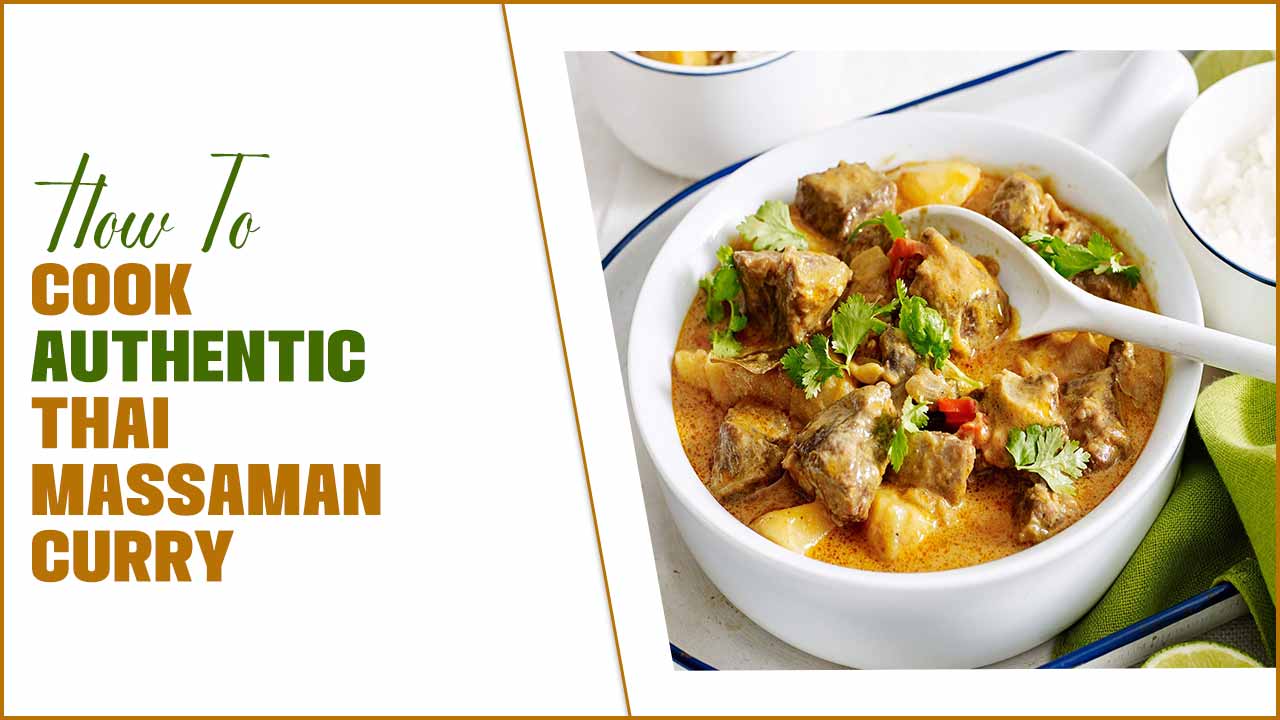
Ingredients And Equipment For Massaman Curry
Ingredients and equipment are crucial elements in any recipe. The ingredients are the main components that give a dish flavor, texture, and nutritional value. They can be fresh, canned, dried, or frozen, and each type has its own characteristics that affect the final outcome of the recipe. Here are the Ingredients and equipment for Making Massaman Curry:
Ingredients
- 2 lbs chicken or beef (cut into bite-sized pieces)
- 2 cans of coconut milk (13.5 oz each)
- 2-3 tablespoons Massaman curry paste
- 3-4 tablespoons palm sugar
- 2-3 tablespoons tamarind paste
- 2 teaspoons fish sauce
- 1/2 cup roasted peanuts
- 1 cinnamon stick
- 4-5 cardamom pods
- 2-3 bay leaves
- 1-2 star anise
- 1-2 potatoes (peeled and cut into bite-sized pieces)
- 1 onion (peeled and cut into bite-sized pieces)
Equipment
- Large saucepan or Dutch oven
- Wooden spoon
- Cutting board
- Chef’s knife
- Measuring spoons and cups
- Can opener
- Serving bowl or plate.
How To Cook Authentic Thai Massaman Curry – Step-By-Step Guide
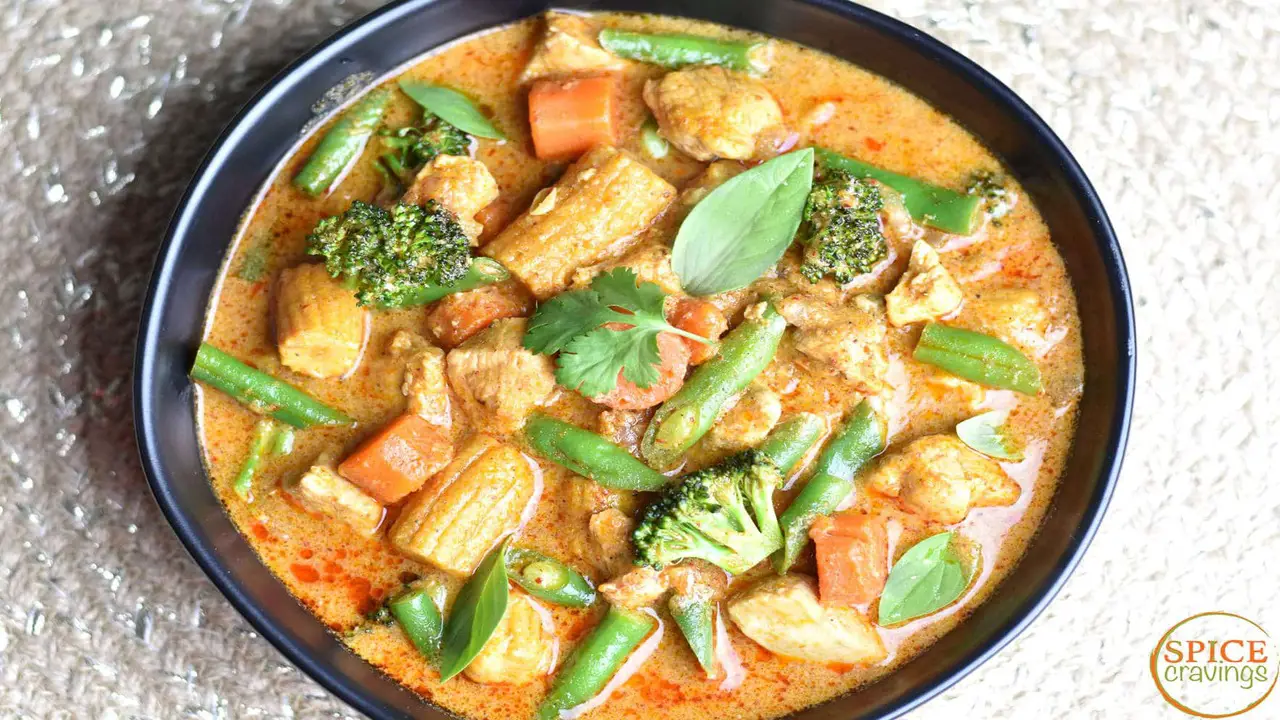
Authentic Thai massaman curry is a very popular dish both in Thailand and around the world. Its rich and complex flavors, which typically include coconut milk, peanuts, and a blend of spices such as cinnamon, cardamom, and cloves, make it a favorite among food lovers everywhere.
In recent years, it has become increasingly easy to find massaman curry on menus in restaurants and cafes across the globe, and many people enjoy cooking it at home as well. Here are step-by-step guides on how to cook authentic Thai massaman curry.
1. Preparing The Meat For Curry
Proper preparation of the meat is essential to create an authentic Thai Massaman Curry. Choose a tender cut of meat, such as beef or chicken, and trim away any excess fat. Cut the meat into bite-sized pieces to ensure even cooking and optimal absorption of the flavors from the curry.
Marinating the meat with spices and aromatics, such as lemongrass, ginger, and garlic, can enhance the taste and tenderize the meat. Taking the time to prepare the meat properly sets the foundation for a flavorful and satisfying Massaman Curry.
2. Preparing The Vegetables For The Curry
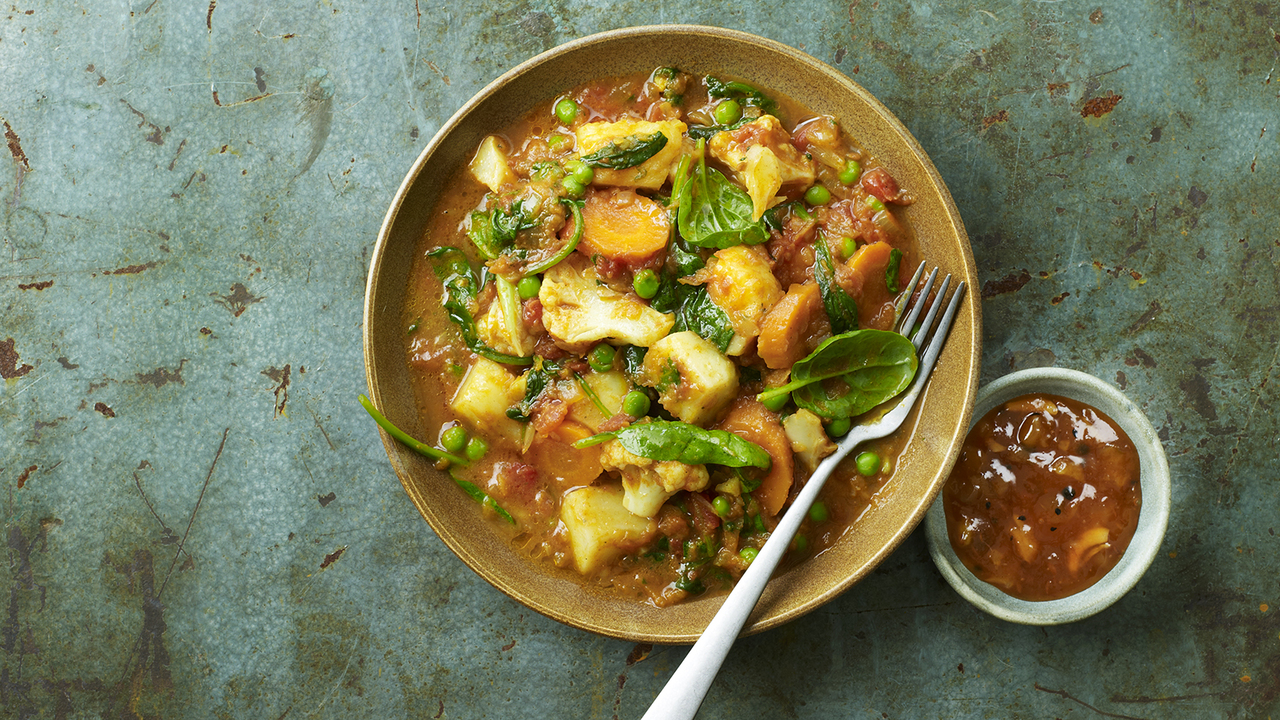
Vegetables play a crucial role in Thai Massaman Curry, adding freshness and texture to the dish. Choose a variety of vegetables, such as potatoes, onions, carrots, and bell peppers, to balance flavors and colors. Wash and chop the vegetables into uniform sizes to ensure even cooking.
Adjust the cooking time based on the density of the vegetables, adding them to the curry at the appropriate stage to achieve the desired texture. By properly preparing the vegetables, you enhance the overall presentation and taste of the Massaman Curry.
3. Making The Massaman Curry Paste From Scratch
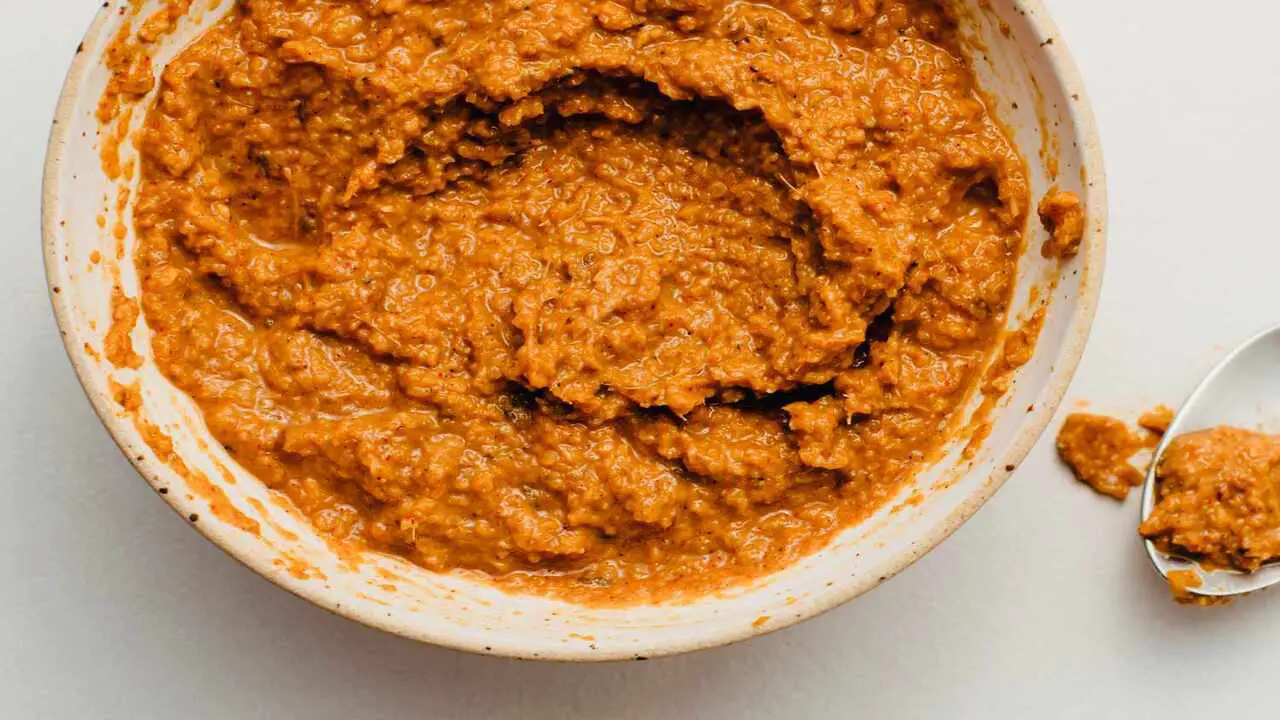
The heart of authentic Thai Massaman Curry lies in the homemade curry paste. By making the curry paste from scratch, you can control the flavors and achieve a truly authentic taste. Gather ingredients such as dried chilies, lemongrass, galangal, shallots, garlic, coriander seeds, cumin seeds, and aromatic spices.
Blend these ingredients together using a mortar and pestle or a food processor until a smooth and fragrant paste is formed. Making the curry paste from scratch allows you to customize the flavors to your liking, resulting in a unique Massaman Curry that is unique and true to its Thai origins.
4. Cooking The Curry Paste And Meat
Once the curry paste and meat are prepared, it’s time to combine them in a harmonious blend of flavors. Heat a pan or a pot with a bit of oil and add the curry paste, allowing it to cook and release its aromatic oils.
Stir in the marinated meat and cook until it is browned and coated with the flavorful paste. Combining the curry paste and meat creates a fragrant base that infuses the entire dish with its distinct Thai flavors. This step sets the stage for a rich and enticing Massaman Curry.
5. Adding The Vegetables To The Curry
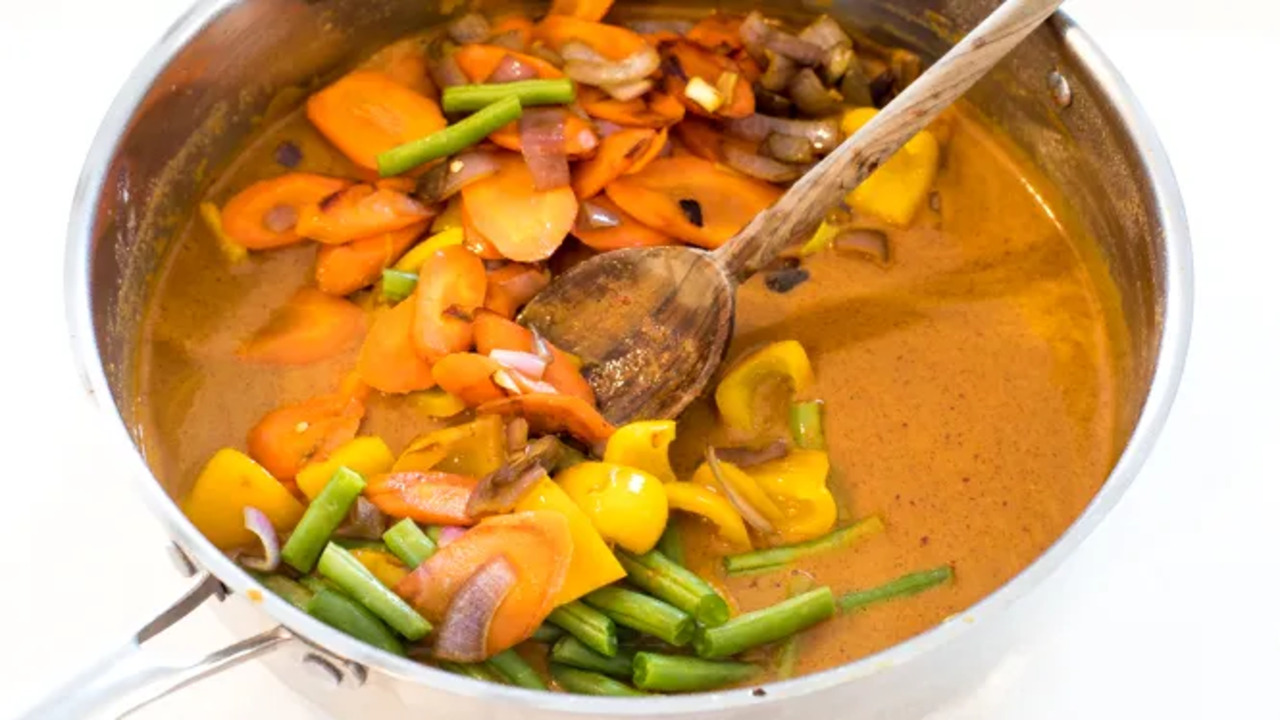
As the meat simmers in the curry paste, it’s time to add the prepared vegetables. Start with denser vegetables like potatoes and carrots, which require more cooking time. Allow them to soften and absorb the flavors of the curry.
Then add in the remaining vegetables, such as onions and bell peppers, which cook more quickly and retain their crispness. The addition of the vegetables adds color and texture and contributes to the overall taste profile of the Massaman Curry. The combination of meat and vegetables creates a harmonious balance and a satisfying meal.
6. Preparing The Coconut Milk For The Curry
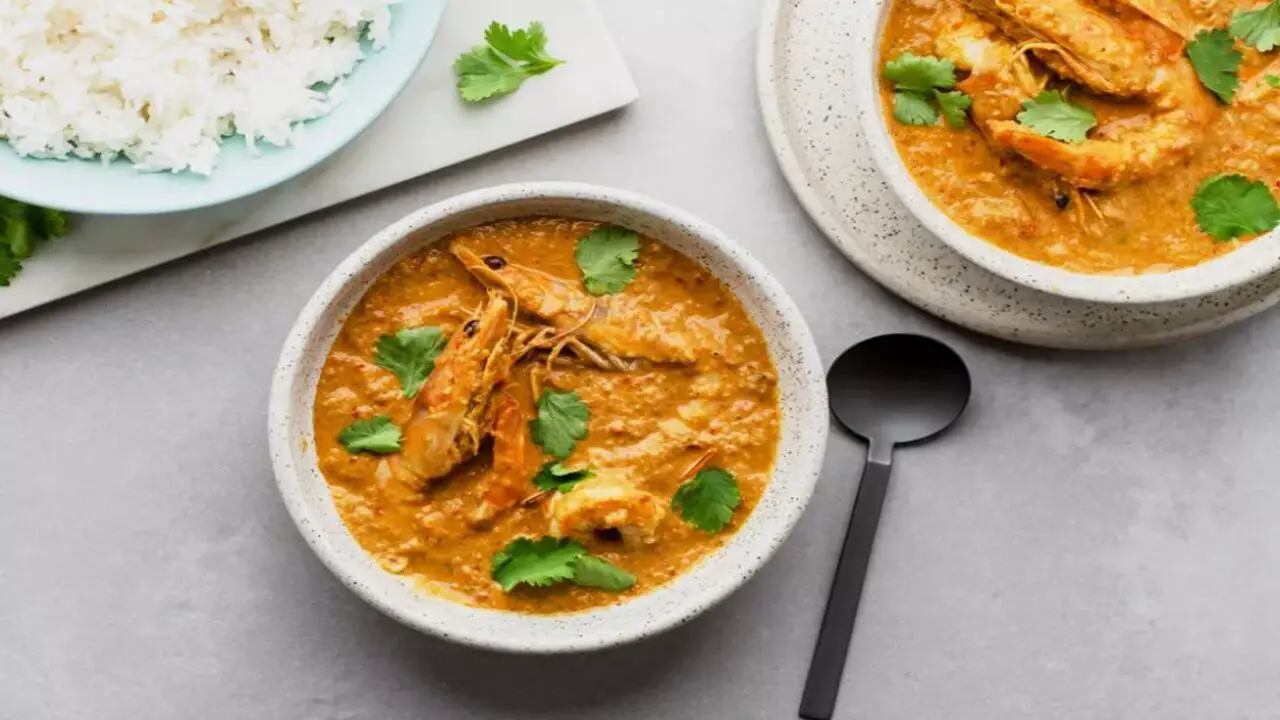
Coconut milk is vital in Thai Massaman Curry, providing a creamy and luscious base. Shake the can of coconut milk before opening it to ensure the cream and liquid are well combined. Scoop out the thicker coconut cream from the top of the can and add it to the curry, stirring it in gently.
This adds richness and depth to the sauce. Then pour in the remaining coconut milk, providing a smooth and velvety texture. The coconut milk brings a subtle sweetness that balances the spices and heat, resulting in a delightful and comforting Massaman Curry.
7. Adding Palm Sugar And Tamarind Paste For Sweet And Sour Flavor
To achieve the signature sweet and sour flavor profile of Massaman Curry, add palm sugar and tamarind paste. Palm sugar, with its rich caramel-like taste, adds a subtle sweetness that balances the savory and spicy elements of the dish.
Tamarind paste contributes a tangy and slightly sour note, providing depth and complexity to the curry. Adjust the amounts of palm sugar and tamarind paste according to your preference, gradually adding and tasting until you achieve the desired balance of flavors. This step enhances the authenticity and complexity of the Massaman Curry.
8. Adjusting The Seasoning And Garnishing The Curry
As the curry simmers, taste and adjust the seasoning to your liking. You may add more salt or fish sauce to enhance the savory flavors, or a squeeze of fresh lime juice to brighten the overall taste. This is the opportunity to fine-tune the curry and personalize it to your palate.
To complete the dish, garnish the Massaman Curry with fresh herbs like cilantro or Thai basil for freshness. Serve the curry over steamed jasmine rice or alongside fragrant Thai noodles, allowing the rich flavors and enticing aromas to take center stage.
Common Mistakes To Avoid
While cooking Thai Massaman Curry, it’s important to be aware of common mistakes to ensure the best possible outcome. Some common pitfalls include overcooking the meat, using low-quality curry paste, not adjusting the seasonings to taste, or rushing the cooking process.
By being mindful of these mistakes and avoiding them, you can ensure that your Massaman Curry turns out delicious, flavorful, and true to its authentic Thai origins.
Health Benefits Of Massaman Curry
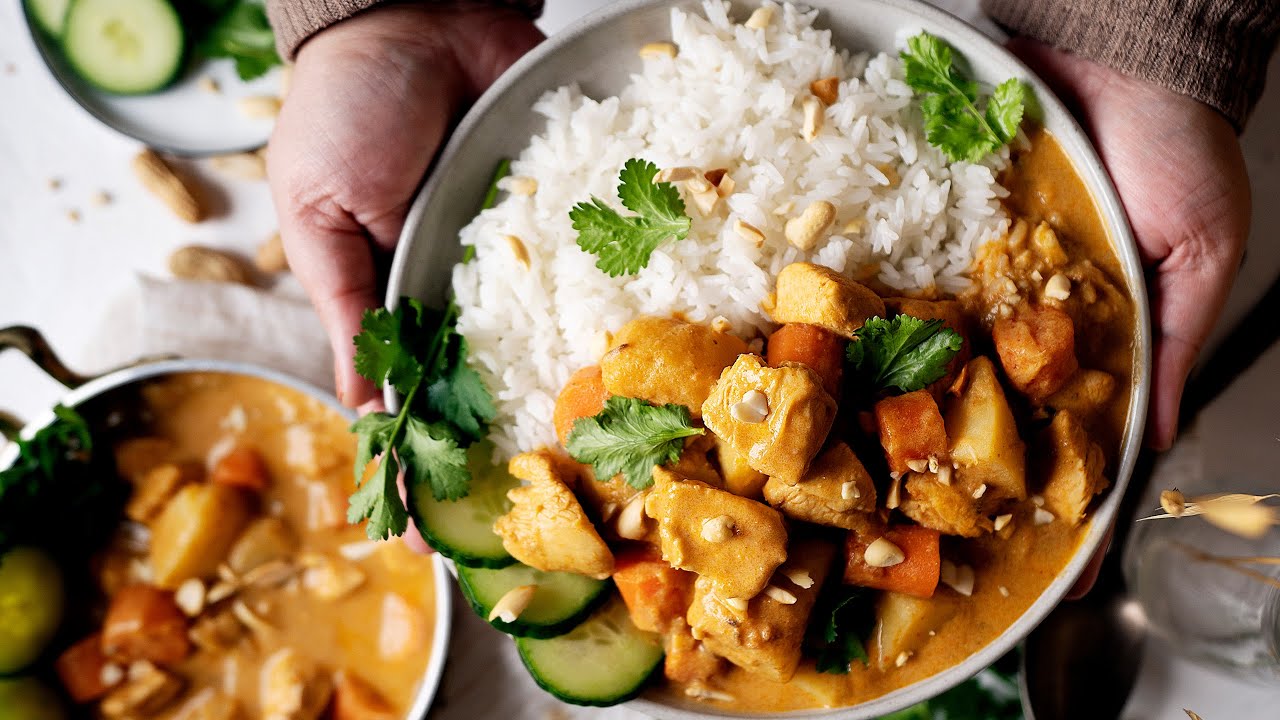
Alongside its delightful flavors, Massaman Curry offers several health benefits. Using aromatic spices like ginger, turmeric, and cinnamon provides anti-inflammatory properties and antioxidants. Including vegetables adds fiber, vitamins, and minerals to the dish.
Coconut milk contributes healthy fats, while lean meat can provide protein. Additionally, Massaman Curry can be customized to accommodate dietary preferences, such as vegetarian or vegan options. When enjoyed as part of a balanced diet, Massaman Curry offers a flavorful and nutritious meal that celebrates the vibrant flavors of Thai cuisine.
Conclusion
Learning How to Cook Authentic Thai Massaman Curry is worthwhile for home cooks. The importance of using the correct ingredients and techniques cannot be overstated when achieving the specific flavors and textures that make this dish unique.
Attention to detail and patience in cooking are key to achieving the desired results. A successful Massaman Curry should be rich, creamy, and full of complex flavors that balance the sweet and savory notes
. In addition to the delicious end result, mastering this dish can also be a gateway to exploring other Thai dishes and expanding your culinary horizons. With practice and perseverance, anyone can become adept at cooking this beloved dish and gain a deeper appreciation for the art and science of Thai cuisine.
FAQ’s
1.Can I Use Store-Bought Curry Paste Instead Of Making It From Scratch?
Ans: You can use store-bought curry paste, but homemade paste will give you the best flavor.
2.What Kind Of Meat Should I Use?
Ans: You can use chicken, beef, or lamb. Traditionally, lamb is used in Massaman curry.
3.How Can I Adjust The Spiciness Level To My Preference?
Ans: You can adjust the amount of curry paste you use. Use less for a milder flavor and more for a spicier flavor.
4.Can I Make Massaman Curry Ahead Of Time?
Ans: Yes, you can make Massaman curry ahead of time and store it in the refrigerator for up to 3 days.
5.Can I Freeze Massaman Curry?
Ans: You can freeze Massaman curry for up to 3 months. Thaw it overnight in the refrigerator before reheating.

I’m a writer and blogger who loves to talk about entertainment, culture, and relationships. I love to share my thoughts and insights on these topics, and I’m always looking for new ways to engage with my readers. I’m also a big fan of learning new things, so I’m always exploring new areas of interest.
